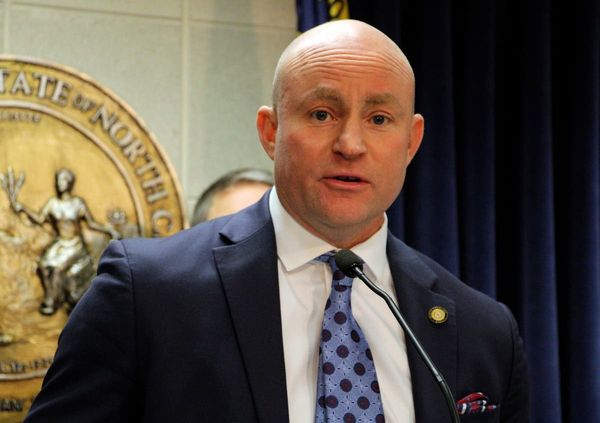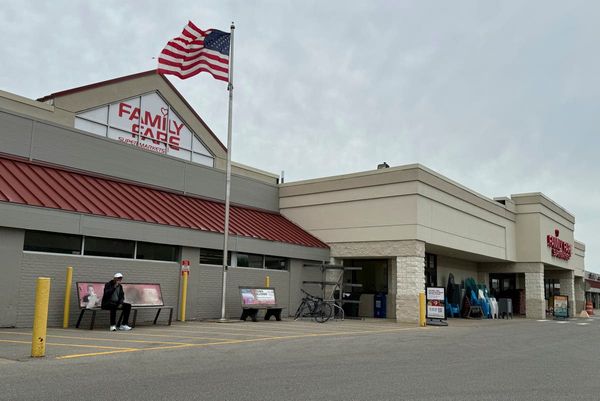While it saw a momentous spike during the pandemic, online grocery shopping is one of the few things that did not tank after things opened up again.
Last July, online food orders reached a peak of $7.8 billion as many people got into a habit of buying "treats" at specialty stores and markets while ordering the staples consumed week in and week out online.
But with the rising cost of food, the average online grocery order is coming out to be significantly more expensive. The latest Adobe (ADBE) Digital Price Index found that online grocery prices rose by 14.1% year-over-year and 1.1% in August.
Food Prices Keep Rising Fast
This far outpaces categories such as apparel, electronics, and overall online spending. Americans spent $64.6 billion online in August overall, which is up 6.5% from 2021.
So why have grocery prices, which have been rising for 31 consecutive months, been rising so fast? On top of regular inflation hitting many categories, the cost of food has also been impacted by the rising costs of energy and the war in Ukraine.
There are a few specific food items have been particularly vulnerable. Recent numbers from the Bureau of Labor Statistics found that, at $2.94, a dozen eggs is now 47% more expensive than it was in August 2021. Butter and margarine are now 26% more expensive, while lunch meats and bread are up a respective 23.6% and 15.4%.
"The modest uptick we see in online prices for August was driven in large part by rising food costs that show no signs of abating, just as seasonal discounts in a category like apparel phased out through the end of summer," Patrick Brown, Adobe's vice president of growth marketing and insights, said in a statement.

Apparel prices, meanwhile, rose only 4.9% according to Adobe's numbers. While producing clothing items also requires raw materials and energy, this month saw lower numbers in large part because of the discounts many retailers offered for back-to-school.
But Electronics Are Getting Cheaper
Personal care items such as toothbrushes, hair products and razors rose 2.7%. While the increase is low compared to food and apparel, it marks the highest increase observed since March 2021.
One of the few categories to drop in price was electronics. Prices fell by 10% while computers, when taken as a separate category, dropped by 12.6%.
Other categories to see drops include jewelry, books, toys, and sporting goods. While Adobe's numbers do not get into the whys behind certain trends, the price drops at least partially reflect the heavy discounting that some retailers have been forced to do after overordering stock.
Particularly in retail, many big names based their inventory stock on the false hope that the shopping boost seen during the pandemic would last forever.
"Computer prices have fallen online for 20 consecutive months, and now outpace pre-pandemic levels when prices fell 9.2% on average between 2015 and 2019," reads the Adobe report.
The overall 6.5% boost in sales came after July, when e-commerce sales fell 1% after 25 consecutive months of inflation. The numbers can reflect both rising prices of individual items and larger numbers of people making purchases.
"Consumer demand for e-commerce also remains steady and will keep prices elevated, especially for growing categories such as groceries, pet products, and other consumer staples," Brown said.







